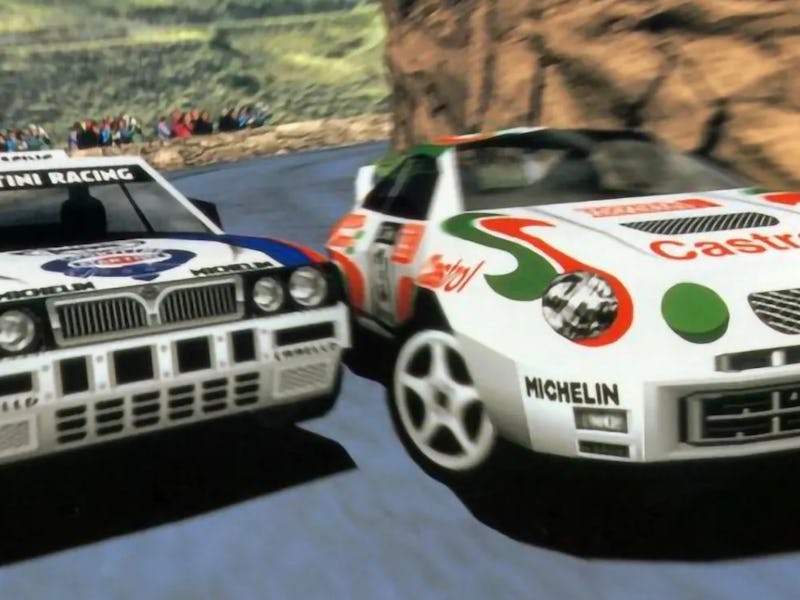30 Years Ago, One Game Changed the Feeling of Racing Games Forever
Watch the road!

Racing games are, in a sense, the lifeblood of early gaming. While hardcore gamers may not appreciate a good racing game, the appeal of racing games to the casual gaming crowd is apparent. Sure, Mario Kart has been a smash hit ever since it arrived in 1992, but the rise of more realistic racing games in the 1990s reveals an interesting story. The more racing games became popular, the more realism became a selling point of the biggest and best games in this subgenre. And on October 11, 1994 — just a few months after Need for Speed and two years before Mario Kart 64 — Sega released Sega Rally Championship, which, by 1995, would find the game on multiple platforms including PlayStation, Sega Saturn, and Windows.
So, thirty years later, does the game hold up? Is this a seminal moment like Need for Speed? Or did Sega Rally offer something else? The answer is a little of both. While not as objectively awesome as Need for Speed, what Sega Rally did was nonetheless ahead of its time. It created a new feeling for racing games, one that wanted desperately to emulate reality in a very specific way. And in doing so, Sega Rally did change the future of gaming— just probably not in the way people might think.
Produced by Tetsuya Mizuguchi and directed by Kenji Sasaki, the backstory of Sega Rally is perhaps best exemplified in a real-life moment in which Mizuguchi drove a real Toyota Celica on a racing course and crashed. As detailed in the excellent PandaMonium YouTube documentary on the making of Sega Rally, it’s revealed that, with the assistance of stunt drivers, the developers drove and observed an actual Celica on a closed course.
A developer records engine sounds for Sega Rally, pre-1994.
Crucial to this process was the recording of engine sounds in order to give the game more realism. As PandaMonium’s doc points out, there are several photographs of developers taking sound samples directly from the Celica to give Sega Rally the realism that Mizuguchi and Sasaki were after. The experience of driving on the actual course was also essential for the game’s pre-development because, without that tactile experience, the entire point of Sega Rally would have been absent. At some point, Mizuguchi realized that none of the dev team had been in a real rally car before.
“Okay, we should try the real deal,” Mizuguchi said. “You know, it’s not every day you have the opportunity to go well over 100 kilometers on gravel roads. That was a very valuable experience” And yes, this expedition eventually resulted in Mizuguchi denting the rear bumper of the car in a tight turn. Toyota still agreed to sponsor the game after that point and the incident undoubtedly changed the actual gameplay, for the better.
Crashing and messing up turns are part of what makes racing games challenging. After all, the dirt road terrains and treacherous driving also add to what makes rally racing difficult in real life. And so, what Mizuguchi and Sasaki and their team did, was to bring all of that gritty, real-world experience and put it back into the game.
Crashing and messing up turns are part of what makes racing games challenging.
Today, we might think it's somewhat rudimentary to transfer in-person experiences and move those into the digital realm. But, Sega Rally did this first, and with meticulous detail. Never before had a racing game cared about the feel of the road, the rumble of the engine, and the difficulty of taking sharp turns at such high speeds. All of these aspects made Sega Rally notoriously hard to play, but, like any good racing game, the rewards were evident as players got better over time.
In real life, you can’t learn to drive in one day. In Sega Rally you can’t win a massive race the first time, either. By importing as much realism as possible to the world of racing games, Sega Rally made driving a car at 100 mph seem dangerous, exciting, and — most crucially — difficult. As a piece of art, Sega Rally was a hard game to make. But, thirty years later, we’re lucky this game took the time to get it right.